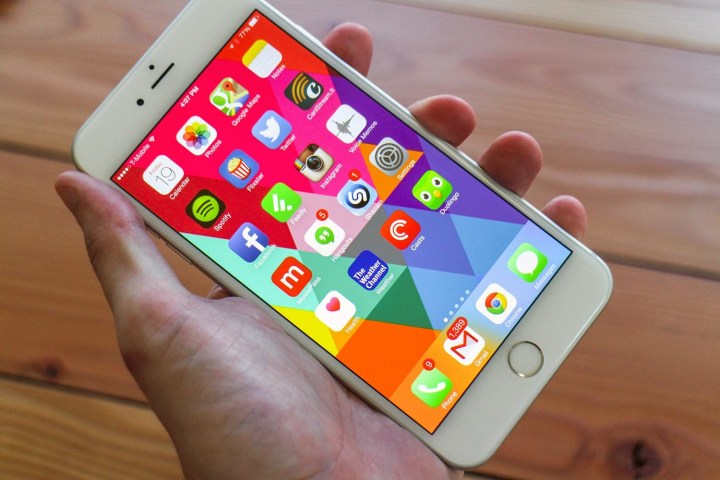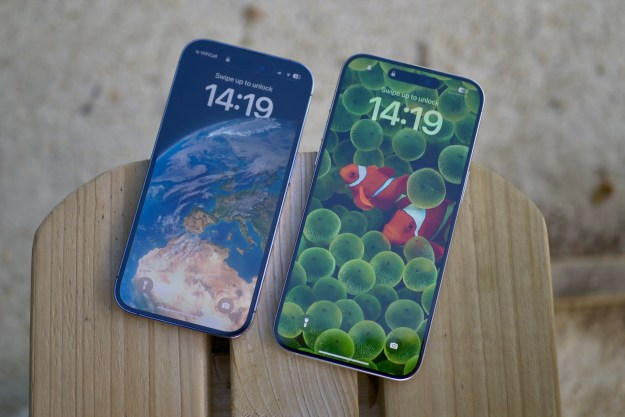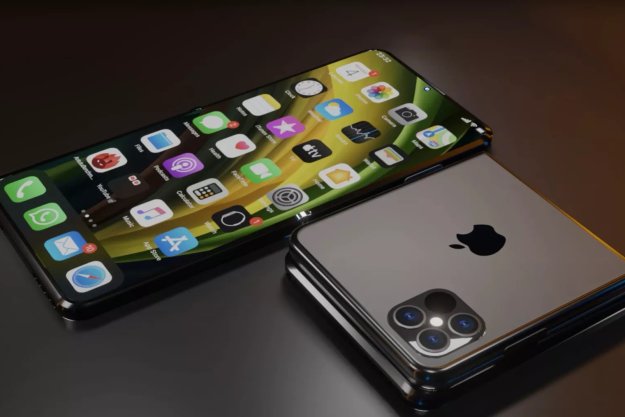
Details of Apple’s next move reportedly involves working with a startup called Health Gorilla, according to individuals who relayed the information to CNBC. The startup’s app runs similarly to how Apple might structure its own version by keeping all the medical information on one platform.
The small startup sets out to change the process of doctors visits and encourages people to stay updated on their own health. For patients, the app keeps all medical records stored for easy access which can then be shared with any doctor or specialist. As for doctors, the app is able to automatically inform them of a patients’ medical history as soon as they walk in — potentially eliminating the guesswork of piecing together an accurate diagnosis.
Health Gorilla also intends to reduce the amount of waste produced through ordering billions of diagnostic tests each year. With the app, physicians have access to diagnostic labs, radiology centers, along with skilled nursing and long-term care facilities, among others and can place orders and referrals for patients using a simplified process.
In terms of teaming up with Apple, CNBC noted that Health Gorilla is supposedly working alongside the company to include diagnostic data — such as blood work — on the iPhone through integration with lap-testing companies, imaging centers, and hospitals.
Apple has consistently been making strides to use the iPhone as a tool and resource to encourage a healthy and active lifestyle — with tons of different fitness apps available to keep you moving. Through the Health app itself, users can record their own body measurements, vitals, nutrition, activity, and more. While it can improve a user’s personal relationship with fitness, it still leaves a wide gap between a user and other important aspects of health.
With this plan, the potential upgrade to Apple’s health app can also help those who need to visit doctors apart from their main physician if they are away from home or need to take care of an urgent matter. By having all of the information stored on the iPhone, new patients can reduce the risk of doctors misdiagnosing them or experiencing any other medical errors.
Editors' Recommendations
- Nomad’s new iPhone case and Apple Watch band may be its coolest yet
- Everything Apple says is wrong about the DOJ’s iPhone lawsuit
- The DOJ has sued Apple over the iPhone. Here’s what it means for you
- 8 iPhone browser apps you should use instead of Safari
- Hands-on with the Belkin iPhone Mount with MagSafe for Apple TV 4K


